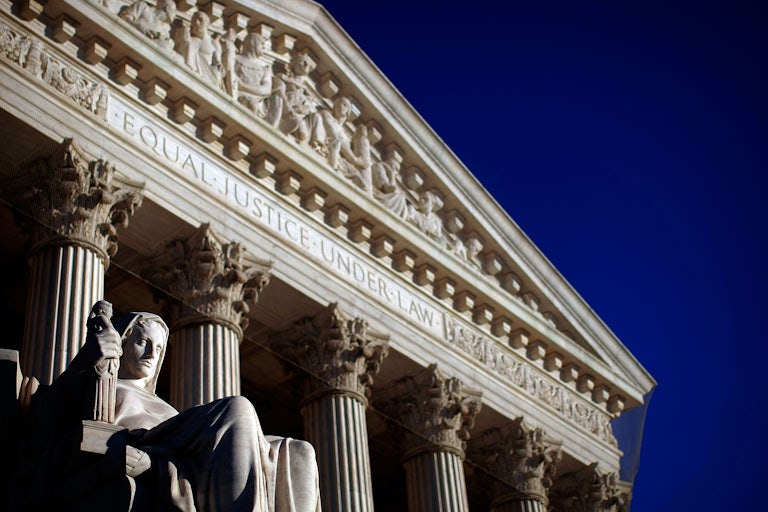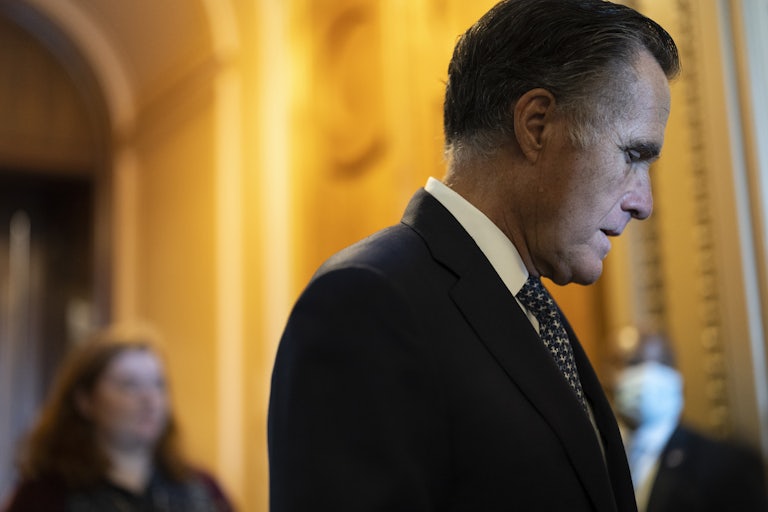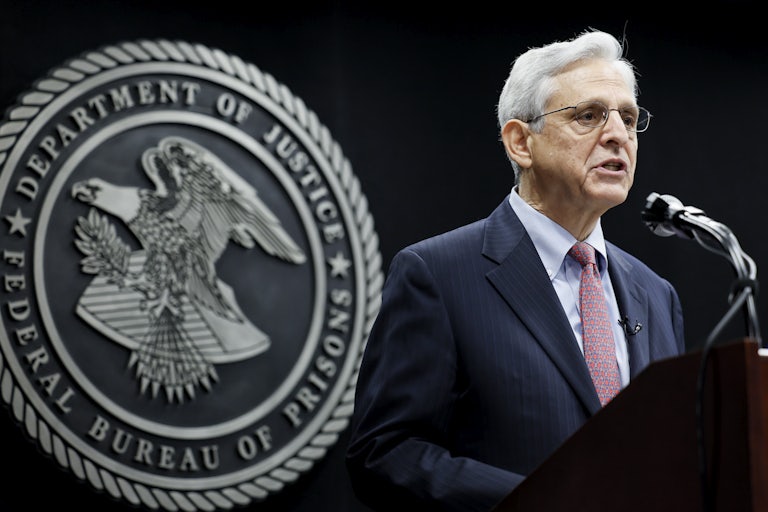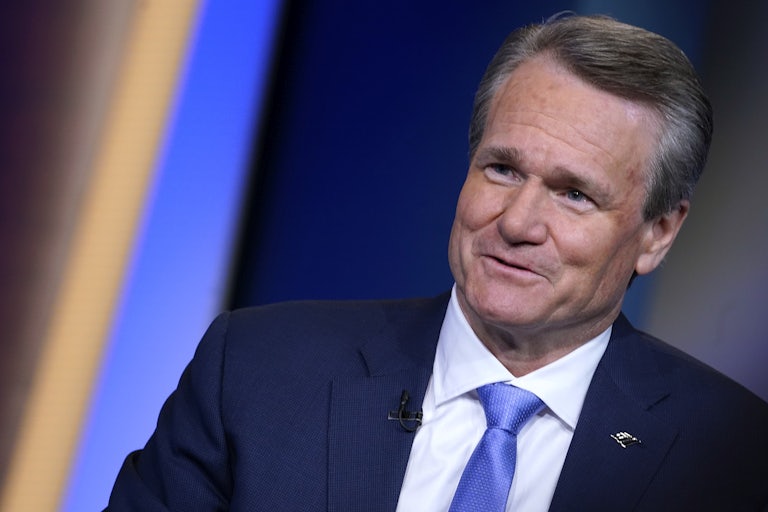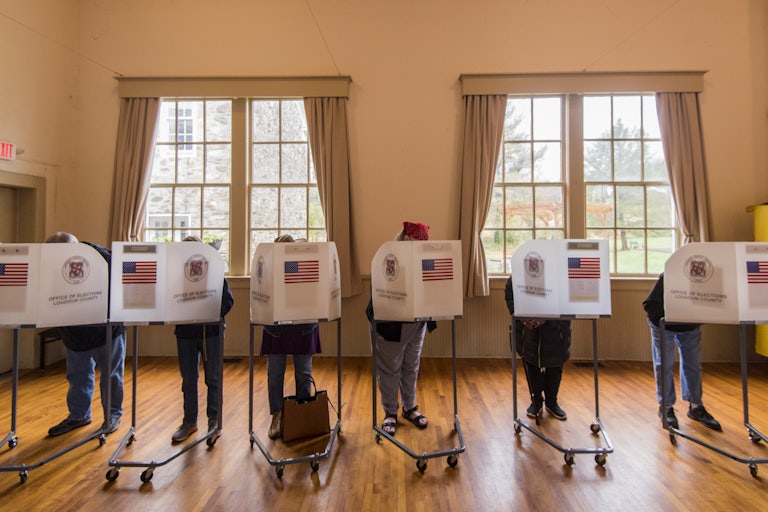Democrats: Steal This Move From Lindsey Graham
The South Carolina senator’s ideas may be bad—but wow, he’s so confident in them!

This week, South Carolina Senator Lindsey Graham looked out over the political landscape and decided it was high time for a bad idea—specifically, a bill that would impose a nationwide ban on abortions after 15 weeks of pregnancy. Graham’s decision had an immediate impact. His fellow Republicans, by and large, spent the week either pretending not to know him or criticizing him for serving up two scoops of hot midterm-elections discord. Meanwhile, everyone working on the next round of political advertising for Democrats got to go home early, their scripts written for them. It was, in other words, quite a step on the ol’ rake for Graham. It’s also something that Democrats should try to emulate.
Please bear with me. I’m obviously not saying that Democrats should propose an abortion ban, or should go out and commit some chaos-causing unforced error. It’s not the substance that Democrats should imitate but the style. As Discourse Blog’s Rafi Schwartz noted, Graham was at least making a “bold legislative move” and being honest about what he believes. It simply happens to be the case that he’s being bold and honest about something that’s vastly unpopular with the public, and with terrible timing—you know, a moment when GOP candidates for office are scrubbing their websites of their abortion positions in the wake of the repeal of Roe v. Wade. But if Graham can put so much swagger behind such a rancid policy, Democrats should feel similarly emboldened to walk with confidence behind their own set of much more popular ideas.
I mention this because Democrats have a long history of being skittish about their own positions and accomplishments. It took many election cycles before Democrats got comfortable enough with the Affordable Care Act—their biggest policy accomplishment until they passed the American Rescue Plan in 2021—to actually run on it. They only really embraced it in 2018, to great success. More recently, Democrats squandered the advance time afforded to them by the leak of Supreme Court Justice Samuel Alito’s draft decision in Dobbs v. Jackson Women’s Health Organization. They were too scared to act on a controversial issue—in this case, abortion—until they truly had no other option. Since then, we’ve seen examples that boldly seizing the moment works. In a New York special election, Pat Ryan campaigned on an abortion rights message as anger about Dobbs was cresting, and scored an upset win.
Democrats have been quicker to the jump on Graham’s proposal—and because they are currently playing a much stronger hand, they should be just as bold. But there’s another equally important reason why they need to match Graham’s intensity: They have to counter the media narrative that meeting Republicans in the middle is the most politically acceptable response. As Jezebel’s Laura Bassett noted, this both-sidesism led the political press to echo Graham’s claim that 15 weeks constitutes a “later-term” abortion. “This is a 15-week abortion ban, it’s not ‘later in pregnancy.’ It’s not even close to the halfway point in a pregnancy. Republicans want journalists to accept their framing,” Bassett wrote.
Democrats shouldn’t fold and compromise with Graham’s position. And they should be just as uncompromising in backing President Joe Biden’s condemnation of GOP extremism. Biden’s speech about Trump’s “semi-fascist” inclinations was greeted with similar equivocation from the media, which Crooked Media’s Brian Beutler characterized as a “multi-day fainting-couch routine.” Beutler noted that this response didn’t actually “reflect anything organic bubbling up from the public.” It was merely a product of the media’s own squeamishness, which shouldn’t push Democrats to “retreat to the safety of conventional ideas that weren’t working.” Beutler continued:
[The media is] reacting the way they think they’re supposed to react to maintain [their] “neutral” bona fides—by policing norms and obsessing over how it’ll affect the horserace; by neither validating [nor] invalidating the critique. That’s not to say their reaction is unimportant, if it persists unanswered or successfully drives Democrats into retreat, the idea that Democrats overplayed some ill-defined “hand” will crystalize into public opinion. As we learned during the Trump presidency, the best way to normalize the critique, to get journalists to accept that it is just part of our discourse now, is to just plow ahead with it, over their sniffing, until it no longer seems extraordinary even to them.
As Beutler went on to point out, all Democrats “should want GOP extremism and criminality to remain the thematic center of politics at least between now and the election.” That Mitch McConnell desperately wants to change the subject is a clear indication that Democrats shouldn’t just allow fascism or “semi-fascism” to happen.
Chances are, the Democrats won’t retain majorities in both houses of Congress. But they can’t do much about the country’s historical tendency to reward the party out of power in the midterms, nor can they alter the reality of electoral math or partisan gerrymandering, or the rude mechanics of a system that’s tilted toward the Republican Party in multiple ways.
The good news is that should Democrats come up short, it will be due to these realities and not because they ran on a bunch of bad policy ideas or bankrupt ideological beliefs. The party’s popular positions will survive a defeat in 2022, as will its case against the GOP’s authoritarian turn—which, let’s face it, will only get worse. There is an equally important election in 2024. Democrats have good ideas and better enemies. That’s why they should all possess the confidence of Lindsey Graham.
This article first appeared in Power Mad, a weekly TNR newsletter authored by deputy editor Jason Linkins. Sign up here.

